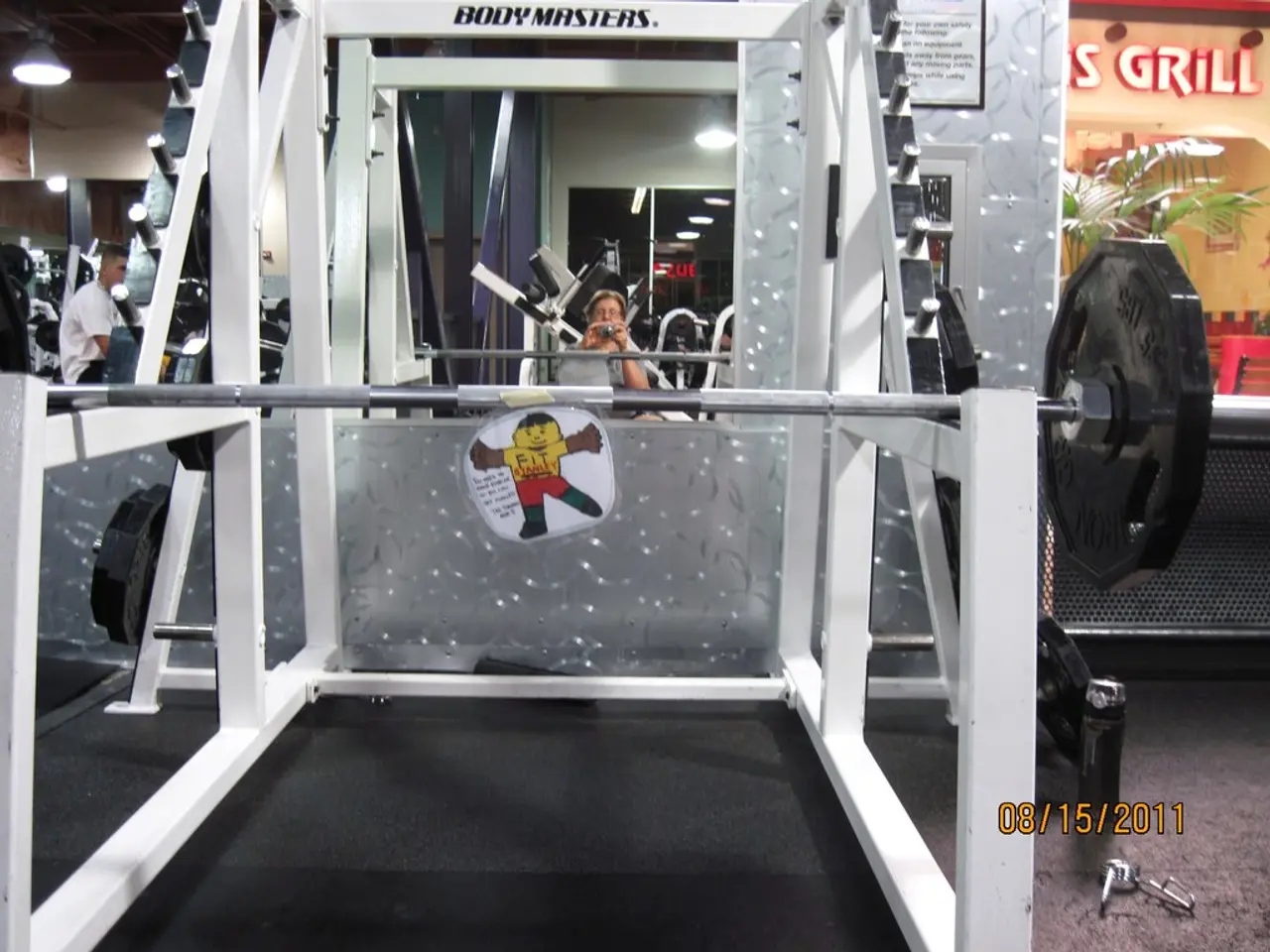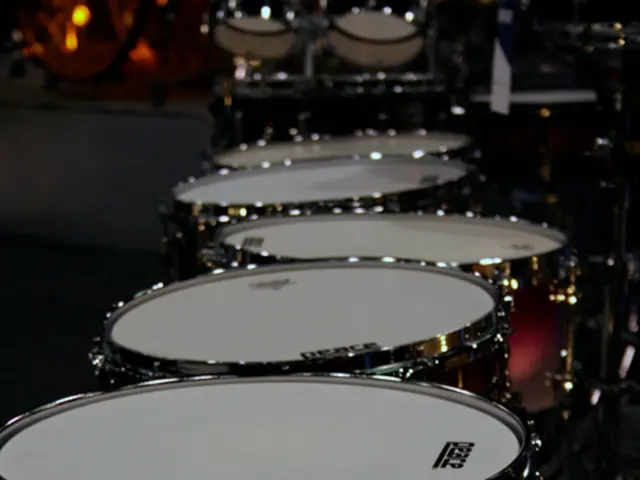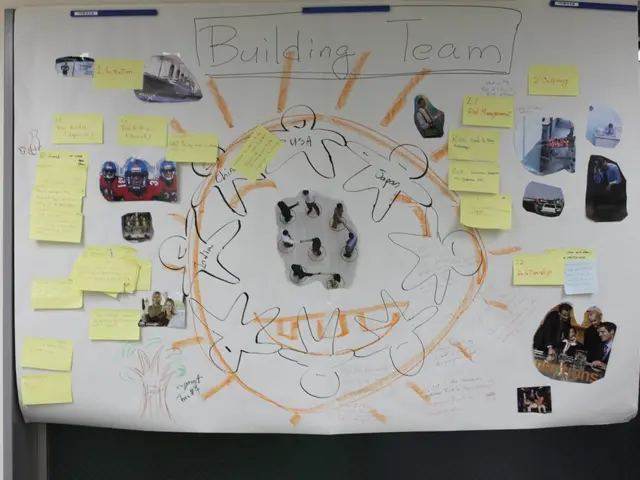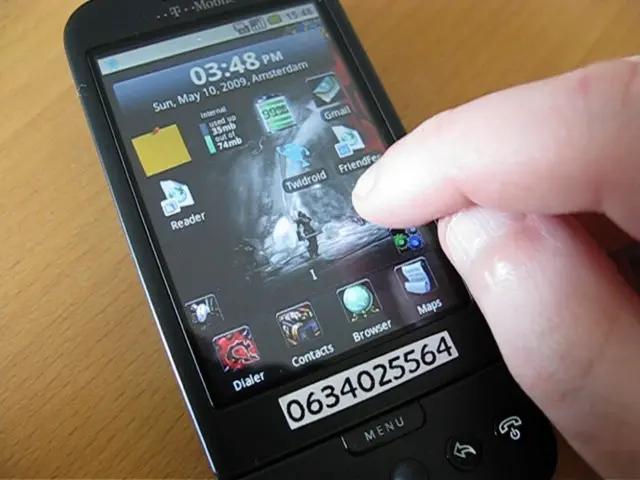Activity-induced muscle soreness: Its significance and alleviation
Delayed Onset Muscle Soreness (DOMS) is a common affliction for many individuals engaging in physical activity, particularly those new to exercise or intensifying their workout routines. Recent scientific research has shed light on various treatments with mild to moderate effectiveness and clarified some commonly used methods that lack proven benefit.
### Proven Treatments with Mild to Moderate Effectiveness
Several treatments have been found to provide relief from DOMS symptoms. Massage therapy, for instance, has been shown to reduce, prevent, and manage DOMS effectively compared to no treatment, with evidence supporting different massage techniques. Compression garments can help alleviate muscle soreness by improving circulation and supporting muscle recovery. Cold therapy (such as ice packs or cold water immersion) and local heat pack therapy offer relief by reducing inflammation and promoting circulation. Vibration therapy, foam rolling, and intermittent compression therapy also show mild to moderate benefits in reducing DOMS symptoms. Branched-chain amino acid (BCAA) supplementation can reduce muscle soreness when taken around exercise, but because DOMS resolves naturally, supplementation risks may outweigh benefits in some cases.
### Treatments Without Proven Effectiveness
Common recovery methods like saunas, stretching, and acupuncture have not demonstrated effectiveness for DOMS in scientific studies.
### Important Recovery Fundamentals
Adhering to fundamental recovery principles is crucial: adequate hydration, caloric intake, sufficient protein, and quality sleep significantly support muscle repair and reduce soreness. There is no significant difference in DOMS recovery between high- and low-carbohydrate meals, emphasizing balanced nutrition over specific macronutrient manipulation.
### Additional Strategies Highlighted in Recent Guides
Active recovery (light movement and low-intensity exercise) helps accelerate recovery by maintaining blood flow and facilitating metabolic waste removal. Emerging recommendations include targeted nutrition timed to leverage the body's natural repair cycles and strategic rest periods to prevent exacerbation of soreness.
In summary, massage, compression, cold and heat therapy, vibration, foam rolling, and intermittent compression are the main scientifically supported treatments to alleviate DOMS symptoms. Adhering to fundamental recovery principles and incorporating active recovery methods also contribute substantially to managing DOMS effectively. Other popular treatments such as stretching or saunas lack supportive evidence and are not recommended as primary approaches.
Building up slowly to any changes in exercise routines is the best way to reduce the severity of DOMS symptoms, according to the ACSM. In most cases, muscle soreness does not require medical attention and resolves on its own within a few days. Over-the-counter nonsteroidal anti-inflammatory drugs (NSAIDs) can help to reduce muscle inflammation and associated pain. Sharp pains that occur immediately after activity could be a sign of injuries such as strains or sprains, which are more severe than DOMS and may require medical attention.
It's important to note that there are few scientifically proven treatments for DOMS, and those that are effective appear to provide only a slight benefit. A 2012 meta-analysis found that massage was effective in treating the signs and symptoms of DOMS in some people, but the effect was small and not significant across the group as a whole. There was no evidence to support the use of cryotherapy, stretching, or light exercise in treating DOMS. A 2016 meta-analysis found that cold water immersion (CWI) was slightly more effective than no treatment in alleviating muscle soreness, with bathing in water temperatures between 11°C-15°C for 11-15 minutes providing the best results.
Light exercise, like walking and gentle stretching, may help to reduce pain associated with muscle soreness, but it's important to keep the intensity light and avoid movements that put too much strain on injured muscles. In cases where home remedies for alleviating DOMS symptoms are ineffective, it may be necessary to try multiple treatments before finding one that helps in some way.
- Massage therapy, such as AQ, has been found to offer relief from Delayed Onset Muscle Soreness (DOMS) with proven effectiveness.
- Health and wellness practices like cold therapy, heat pack therapy, vibration therapy, foam rolling, and intermittent compression therapy have mild to moderate benefits in managing DOMS symptoms.
- Scientific research has clarified that traditional methods like saunas and acupuncture lack demonstrated effectiveness for treating DOMS.
- Maintaining a balanced diet with adequate hydration, caloric intake, sufficient protein, and quality sleep is crucial for effective DOMS recovery, as emphasized in health-and-wellness guides.
- Fitness and exercise strategies, such as active recovery, targeted nutrition timed for the body's natural repair cycles, and strategic rest periods, can contribute substantially to managing DOMS symptoms.
- Over-the-counter drugs like NSAIDs can help reduce muscle inflammation and associated pain caused by DOMS, although these symptoms should typically resolve naturally within a few days.







